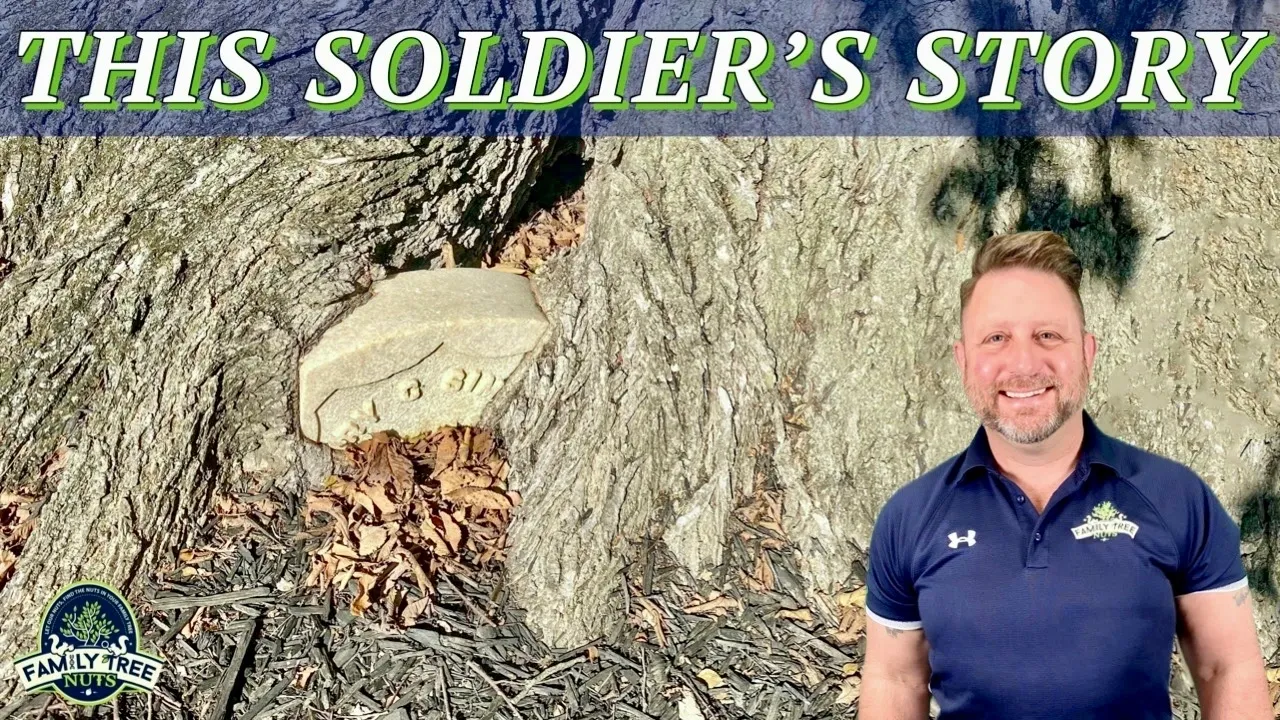
CIVIL WAR GRAVE ALMOST LOST TO ROOTS! THIS SOLDIERS HISTORY!
The headstone at his grave is almost completely taken by the roots of an American elm tree, and soon it may be unrecognizable. He lies with thousands of military men, so many that it becomes overwhelming to try to process all of the faces and the stories this lie beneath each white headstone. This soldier was once one of these many faceless men lying in the Cave Hill Cemetery, in Louisville, Kentucky, but as fate would have it, his headstone would stand out and be noticed. The uniqueness of his grave grabbed our attention and curiosity caused us to research him. This video is his story and what we learned about him.
Recently I was visiting Cave Hill Cemetery and like I often do, I stopped into the military section to pay my respects to my brothers and sisters there. This soldiers grave caught my eye and I just had to know his story. Our honored veteran is First Lieutenant Henry Clay Simpson. I personally did this research and found out a great deal about him and his family.
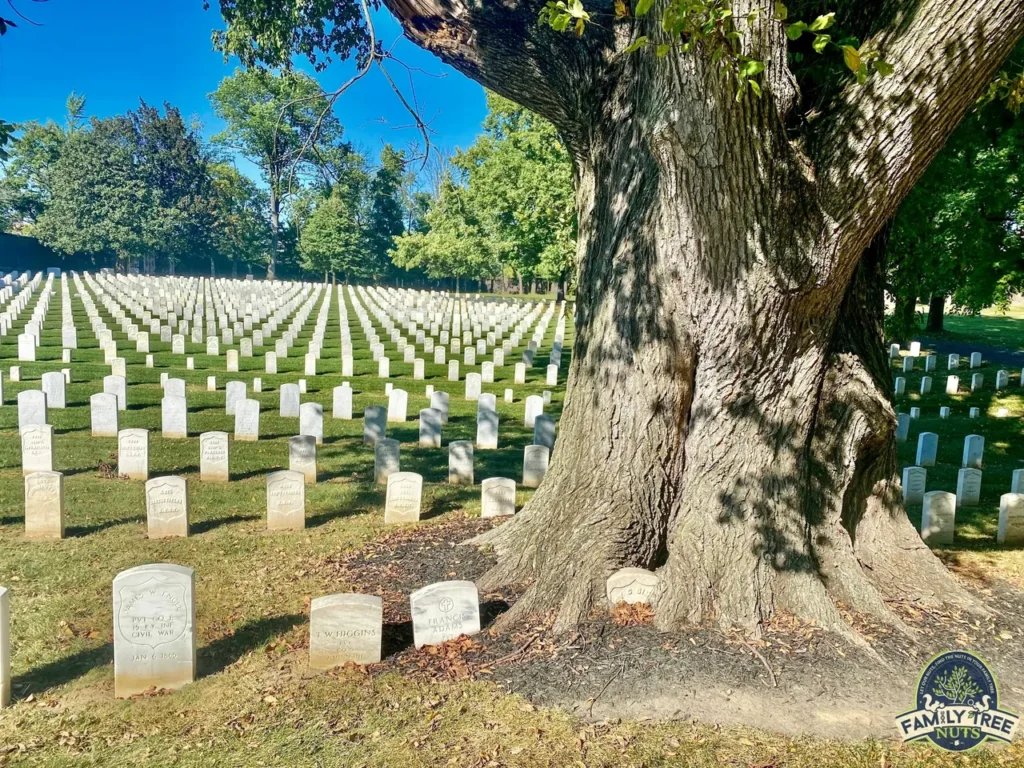
Like anyone that we research in genealogy, we have to set our limits of how much time we will dig into their story. What we have found is quite extensive, but I want to go on record and say that there are many mysteries about him still left out there to be solved. Now let’s honor Lieutenant Simpson and tell you his story!
Henry was born on January 29, 1830, in New Hampshire. He was no doubt named after the very popular Senator of the time, “The Great Compromiser” Henry Clay. Knowing that he was born in New England, and that he was named after a famous American that was anti-slavery, gives us tremendous clues about his upbringing.
Henry married Mary Elizabeth Carson, on November 8, 1850, in Burlington, Vermont. Mary was born in 1829, in Maine, and if related to me, would have to be back in Northern Ireland, or Scotland. At some point likely early in 1851, the family moved to LaGrange, Wyoming County, New York, where Mary gave birth to twins, on December 12, 1851. As you will learn later in this video, these twins were at least the third generation in a row with multiple baby births. One of the twins died and the other one was named Helen Minerva Clay, who will be referred to later. She was no doubt named after Henry’s younger sister Helen. Sometime between 1852 and 1858 the couple had another child that died.
Likely in 1856, Henry and the family moved to Minnesota. Henry’s son Ernest Henry Simpson was born in Watopa, Wabasha County, Minnesota on June 29, 1859. In 1860, the family lived in Wabasha County, Minnesota. Henry was listed as an editor, presumably at a newspaper. His home was worth $100 and his personal belongings valued at $1,000. This shows that they were living modestly. His daughter Helen’s death certificate in 1939, lists his occupation as a printer.
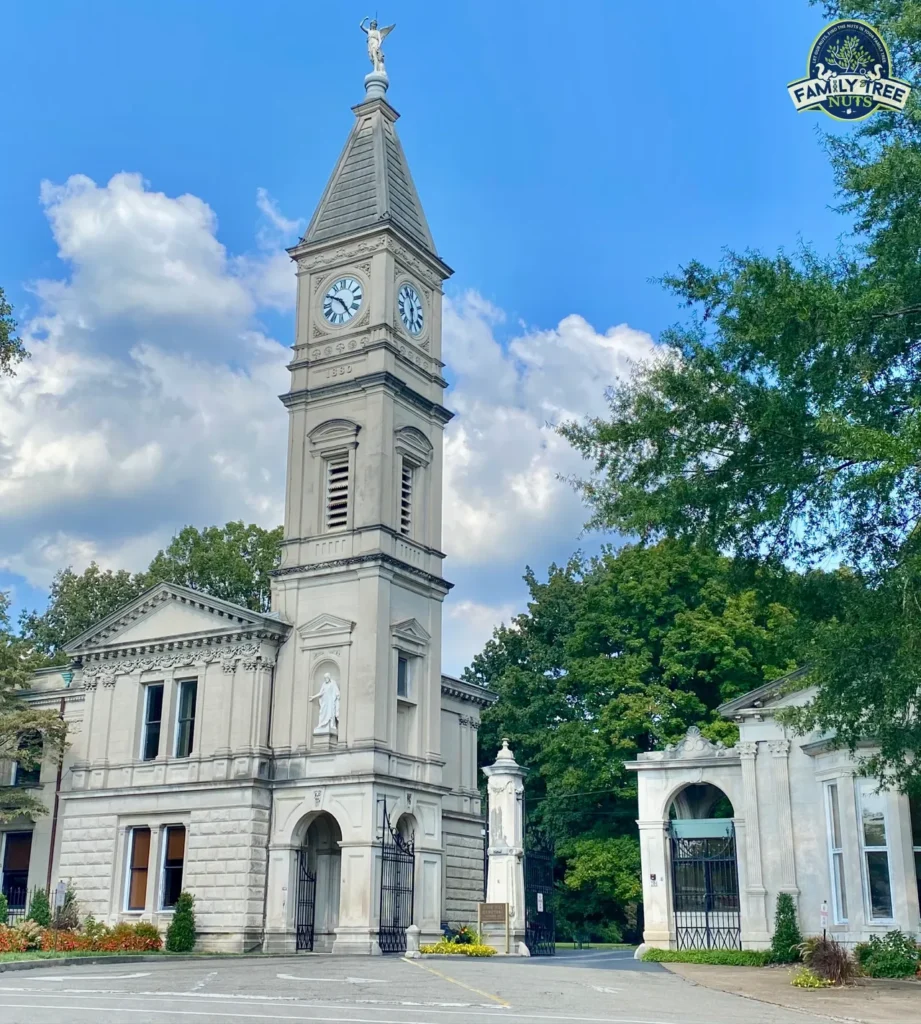
At age thirty-one, Henry enlisted at Fort Snelling, in Saint Paul, Minnesota on June 29, 1861 into Company C, 2nd Infantry Division. His home of record was Lake City, Minnesota, and curiously on his enlistment record it states that he was born in Germany, which is clearly a mistake, however, we know that we have the correct person because the record later states when and where he died in Lebanon Junction, Kentucky. We did find that the unit had another Henry C. Simpson that served as a private, and was a butcher when he enlisted. Perhaps this explains the mistake.
Also, as a side note, I did some digging on the newspaper called the “Lake City Leader”, which published its first episode on September 28, 1861 in Henry’s hometown. This was just after Henry enlisted and just before he headed off to war. Since Henry was listed as an editor and a printer, could he have established a newspaper in Lake City when he arrived, and maybe sold his equipment to those that founded the Lake City Leader? Did his newspaper go under and that is the reason that he enlisted? These stories make sense, but perhaps we may never know without doing some more in-depth digging.
Henry left with his unit and headed to Louisville, Kentucky on October 14, 1861 and arrived there on October 22. The next day they were sent to Lebanon Junction, and his unit was there until December 8th, a few days after his death. Lebanon Junction was a town that sprang up in 1858 and was an important switching point for the Louisville and Nashville Railroad. Henry’s unit’s occupation of the area was to protect this junction.
Upon Henry’s October departure to Kentucky, his wife Mary moved the children back to Rumney, Grafton County, New Hampshire, to stay with Henry’s parents. Henry sadly died of a typhoid fever on December 1, 1861 in Lebanon Junction, Bullitt County, Kentucky. It had only been a month and a half after he had said goodbye to his family before heading out with his unit.
On January 24, 1862, five days before she died, Mary applied for a widow’s pension. Her name is signed on it. Mary died on January 29, 1862. I searched but have not found a cause of death at this time. Her death could be any number of things but the mind does wander about the potential causes. The family had moved far away from their extended family and lived modestly before Henry enlisted. Then she was left alone with two small children. Her grief had to be unimaginable.
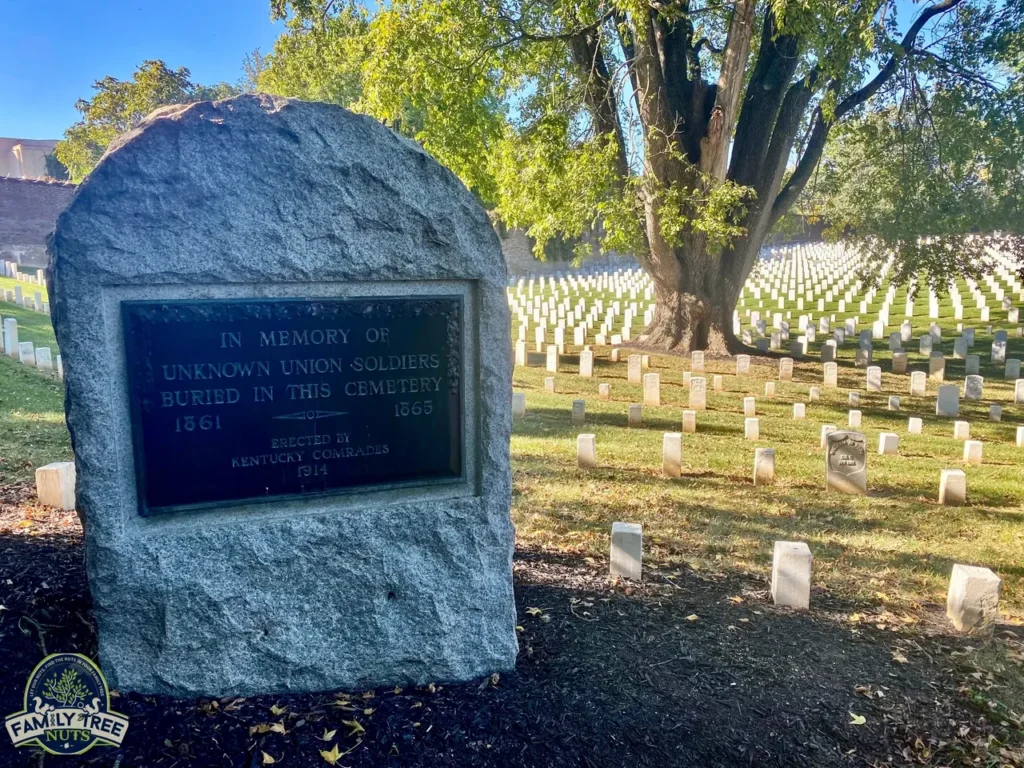
Henry’s father Daniel Simpson was appointed guardian of the two children on February 18, 1862. On July 14, 1862, Congress approved pensions for minors under the age of sixteen, who had lost their fathers in the war, and had also lost their mothers. On February 1, 1864 a pension was filed on behalf of the two children by Dr. Daniel L. Simpson, Henry’s father, who had recently been made guardian of the two children. The pension application states that the children’s mother Mary died on January 29, 1862, just sixty days after their father.
Henry’s children were granted a pension of $17 each, per month, on July 25, 1866. The pay was to be backdated to December 1, 1861, the date of their father death, and to end when they turned sixteen years old, on December 11, 1867, for Helen, and June 28, 1875 for Ernest.
Henry was first buried where he died, in Lebanon Junction but was later moved to Cave Hill National Cemetery, in Louisville, Kentucky. We found the relocation document but not a date. We did find that a replacement headstone was shipped February 13, 1958 to Cave Hill Cemetery.
Henry’s daughter Helen lived with her brother and grandparents in 1870, in New Hampshire. She married Loren E. Bailey on June 2, 1873 in Rumney, New Hampshire. Loren was a carpenter and a farmer and the couple had at least seven children, one of which was named Henry, no doubt after his grandfather and uncle. Helen died on November 27, 1939, in Salem, New Hampshire.
Henry’s son Ernest Simpson lived with his sister and grandparents in 1870 in New Hampshire. He lived in Williams, Arizona by October of 1888. He married Eva Kate Joice on April 15, 1889, in National City, outside of San Diego, California. Eva’s parents were born in New York and she was born in Indiana, in 1869, but lived in Iowa at least between 1870 and 1880 with stops in Illinois in between. In 1883, she lived with her family in New Mexico and they eventually settled in California. Ernest moved his new wife to Williams, Arizona where he was a postmaster and owned his house outright. Ernest had been raised by his grandfather who was also a postmaster and that is likely how he entered the trade. The couple had one daughter named Helena in 1896, in Arizona, who was no doubt named after his sister, Helen. Ernest died on December 27, 1902 at an asylum near Phoenix, Arizona. He was paralyzed and had a brain affection, which sounds as if he had a stroke. His house was valued at $1,200 and the furnishings at $500.
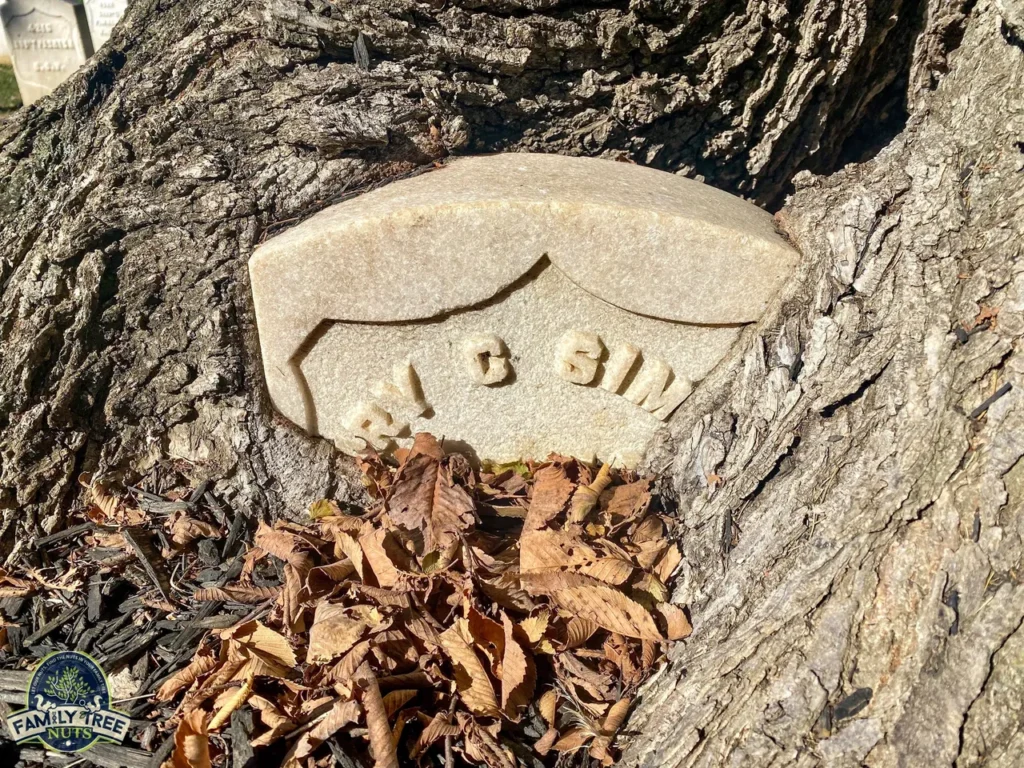
Lieutenant Henry C. Simpson’s parents also have interesting stories. His father was Dr. Daniel Lang Simpson. Dr. Simpson was born on March 9, 1807 in Windham, New Hampshire. He was a physician and graduated medical school in Hanover, in 1827. He married Angeline Kneeland on February 5, 1829 and the couple had thirteen children, including a set of triplets whose combined birth weight was over eighteen pounds. Imagine carrying them around! Daniel practiced medicine in Colebrook, then Londonderry, Windham, Nashua, and then finally in West Rumney, New Hampshire. Daniel was also the postmaster of West Rumney, which could be the reason that his grandson Ernest that he raised became the postmaster in Williams, Arizona. Dr. Simpson passed away on July 15, 1879 and is buried in West Rumney, New Hampshire.
Lieutenant Henry C. Simpson’s mother was Angeline Lucinda Kneeland and was born on November 20, 1809 in Hamden, Connecticut. Angeline had a twin sister Adeline and the two were the oldest living twins in New England. Her sister Adeline died at eight-eight years old in 1897. They were the first of at least three generations in a row that had multiple baby births. Adeline also married a prominent lawyer John Colby. When the twins were two years old, they moved in a covered wagon, drawn by two horses, to Vermont, which took two days.
Her paternal uncle was Reverend Abner Kneeland who was a radical preacher who advocated women’s rights and racial equality. Later in life he rejected the Christian God, and was charged for “blasphemy”, by the State of Massachusetts. He was the last man in the United States jailed for blasphemy. Later in life he founded a utopian society in Iowa, where he died in 1844. Kneeland Street in Boston, Massachusetts is named for him. On Angeline’s maternal side, her grandfather was Captain Hezekiah Johnson, a Revolutionary War soldier from Connecticut.
Lieutenant Henry C. Simpson had twelve siblings, and they spread all over the map, eventually dying in, New Hampshire, Massachusetts, Nebraska, and California. From Henry and his dozen siblings, forty-one children lived to adulthood. If you use the generation rule of thirty years, and if each child had an average of just three children, the descendants of Dr. Daniel and Angeline Simpson would be just under ten thousand people.
So, there you have it. The story of First Lieutenant Henry C. Simpson and his direct family. All of what you just heard has been discovered and documented in this video, simply because his grave was noticed. What stories like these are left undiscovered in your family tree? If doing genealogy is not your thing, or you just don’t have the time to do the research, be sure to reach out to us. Building family trees is what we do here at Family Tree Nuts and we’d love to discover your ancestors and their stories.
Be sure to let us know what you think about this story in the comments below. We would love to hear your thoughts. We hope that we have brought honor to First Lieutenant Henry C. Simpson by telling his story and maybe someday when his stone is completely swallowed up; this video will always remain to keep his memory alive. Be sure to see the video from here below.
– Col. Russ Carson, Jr., Founder, Family Tree Nuts
